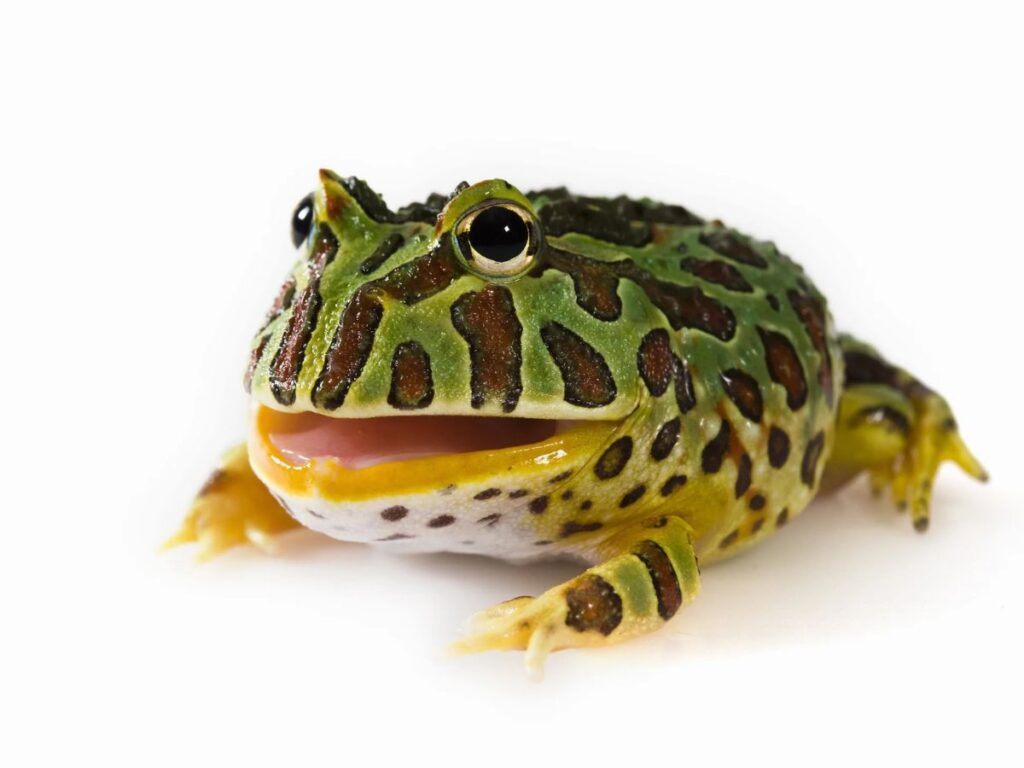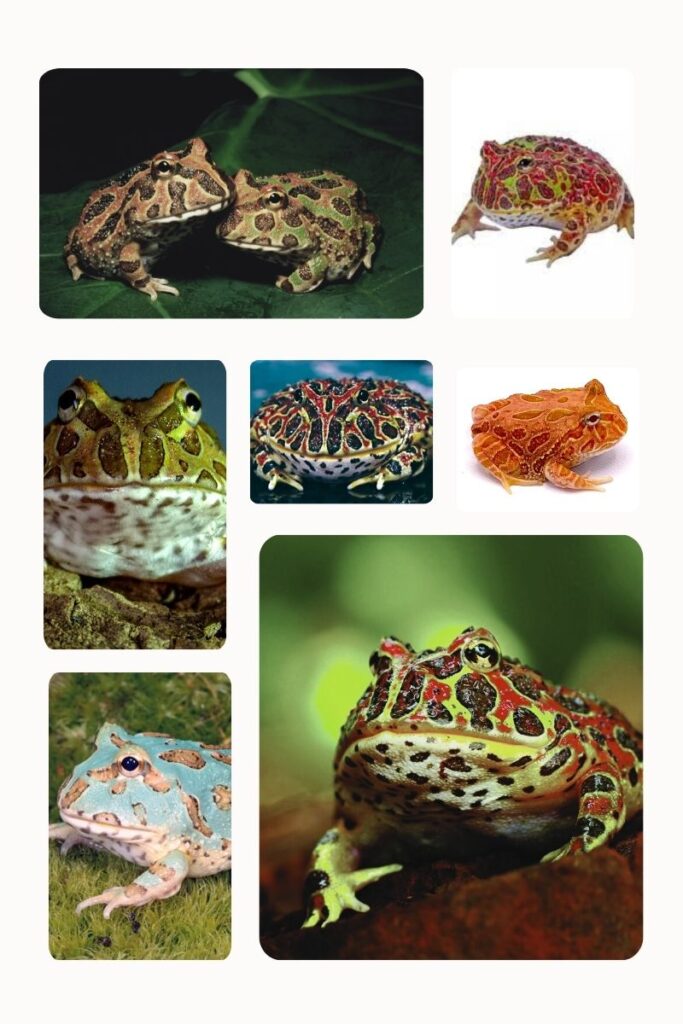🐸 Are Pacman Frogs Nocturnal?
Understanding the Activity Patterns of Your Horned Frog
Are Pacman Frogs Nocturnal? - At a Glance
Yes, Pacman frogs are primarily nocturnal. They are most active during the night and spend much of the day burrowed or resting. This behavior helps them avoid predators, conserve energy, and hunt more effectively. Understanding this cycle is essential for feeding, tank setup, and overall care.
Pacman frogs (Ceratophrys spp.) are known for their stationary lifestyle, often spending long periods buried and seemingly inactive. But if you’re wondering when your frog actually comes alive, the answer lies in its nocturnal nature.
In this article, you’ll learn:
What nocturnal behavior means for Pacman frogs
Why they evolved to be active at night
How this impacts feeding, lighting, and observation
Tips to care for your frog based on its daily rhythm
What Does “Nocturnal” Mean for Pacman Frogs?
Nocturnal animals are most active at night. For Pacman frogs, this means:
Hunting prey after sunset
Exploring their enclosure under dim lighting
Vocalizing or croaking (males) during nighttime hours
During the day, they often:
Burrow into substrate
Hide under moss or décor
Remain still and undisturbed

Why Are Pacman Frogs Nocturnal?
This behavior is an evolutionary adaptation to:
Avoid predators active during the day
Hunt more efficiently when temperatures are cooler
Conserve energy by staying buried during daylight hours
Retain moisture by being active during more humid conditions at night
Their eyes and instincts are best tuned for low-light environments, which is why nighttime activity is natural and healthy for them.
How Does Nocturnality Affect Captive Care?
Understanding their sleep-wake cycle can help you:
Time feedings correctly
Avoid unnecessary stress during daylight hours
Create lighting that respects their natural rhythm


Feeding Tips
Offer food in the evening, ideally just after lights go off.
Use tongs to place prey near their hiding spot.
Remove uneaten food by morning.
👉 What Do Pacman Frogs Eat? Complete Feeding Guide
Lighting Setup
Use a 12-hour day/night cycle with gentle light
Avoid harsh UVB or bright white lights
Optional: Use a moonlight LED to observe activity after dark
👉 Best Lighting Setup for Pacman Frog Enclosures
Observation and Enrichment
Watch your frog at dusk or nighttime to see natural behavior
Keep daytime disturbance minimal—avoid tapping the glass or digging them up
Add enrichment (like leaf litter or live prey) at night to encourage activity
What If My Pacman Frog Is Inactive at Night?
- While Pacman frogs are nocturnal, they may remain still if:
- The tank temperature is too cold or too hot
- Humidity is too low
- They recently ate and are digesting
- They’re going into or coming out of brumation
- They are feeling stressed from overhandling or habitat disruption
👉 Pacman Frog Temperature and Humidity Requirements
👉 How to Tell If Your Pacman Frog Is Sick
FAQ: Nocturnal Life of Pacman Frogs
Q: Can I switch my frog’s schedule to daytime?
A: No. Pacman frogs are instinctively nocturnal and changing their rhythm may cause stress or health issues.
Q: Should I turn off the heat source at night?
A: Keep the enclosure within the ideal nighttime range (70–75°F). Use a thermostat to avoid drops.
Q: Why is my frog buried all day and night?
A: They may be digesting, entering brumation, or hiding due to poor tank conditions. Check humidity, temp, and behavior.
